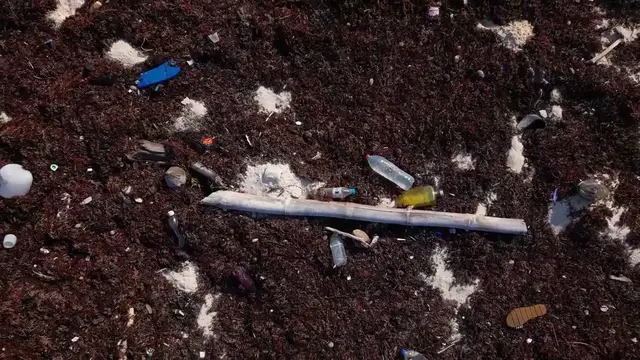
Microplastics Impact on the Environment & Human Health
Dec 29, 2024
Microplastics: Impact on the Environment and Human Health
Microplastics are tiny particles of plastic that have become a pervasive environmental issue, found in oceans, rivers, soil, and even in the air we breathe. These particles are typically less than 5 millimeters in size and originate from various sources, such as the breakdown of larger plastic debris, synthetic fibers from clothing, and the shedding of microbeads from personal care products. Their presence in ecosystems is concerning, as they pose significant risks to both the environment and human health.
Environmental Impact
The impact of microplastics on the environment is widespread and deeply troubling. As they accumulate in water bodies, they pose a direct threat to aquatic life. Marine organisms, including fish, shellfish, and plankton, mistake microplastics for food. Once ingested, these particles can lead to physical harm, including internal damage and blockages, and can interfere with digestion. In some cases, the ingestion of microplastics can be fatal.
Moreover, microplastics serve as carriers for toxic chemicals. These tiny particles can absorb hazardous substances from the surrounding environment, such as pesticides, heavy metals, and persistent organic pollutants. When organisms consume microplastics, they inadvertently ingest these toxins, which can enter the food chain. This leads to potential long-term environmental consequences as these chemicals accumulate at higher trophic levels, ultimately reaching humans.
Impact on Wildlife
Microplastics can disrupt the reproductive and feeding behaviors of wildlife. For instance, seabirds, which are already threatened by the pollution of oceans, have been found to ingest microplastics in large quantities. This not only causes internal damage but also reduces their ability to forage for food, leading to malnutrition and starvation.
Similarly, marine mammals such as whales and seals are also affected. When they consume microplastics, it can affect their health and survival. Furthermore, the presence of microplastics in habitats like coral reefs and freshwater ecosystems is further degrading biodiversity and causing ecosystem imbalances.
Human Health Risks
As microplastics are found in so many areas of the environment, their potential effects on human health are a growing concern. Studies suggest that microplastics can be ingested through contaminated food, particularly seafood, drinking water, and even air. Once inside the human body, the health risks associated with microplastics are still under research, but scientists are concerned about the potential for long-term health effects.
Some studies suggest that microplastics can cause inflammation and damage to tissues in humans, particularly in the digestive system. These particles can also introduce harmful chemicals into the body, many of which are linked to various health conditions, including hormonal disruption, cancer, and developmental issues.
Furthermore, microplastics can penetrate human cells, potentially leading to cellular damage. While the full scope of microplastic-related health problems is still being investigated, evidence suggests that continued exposure could lead to significant health challenges in the future.
Show More Show Less #Health
